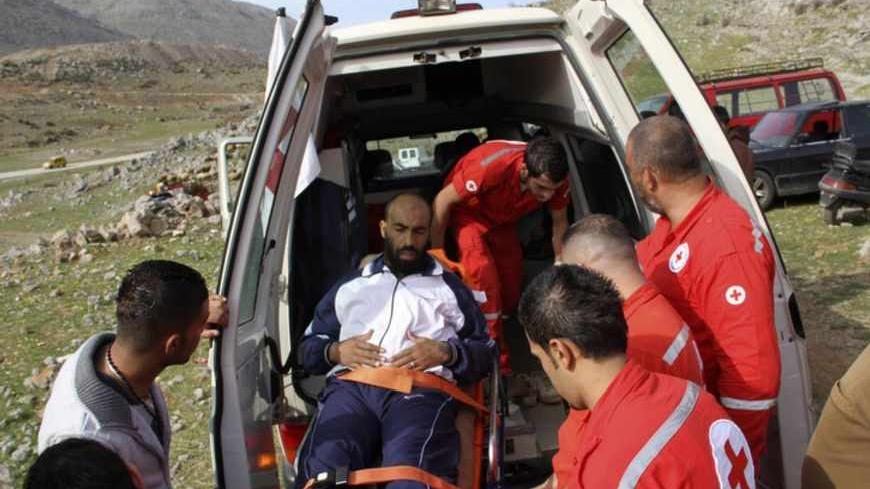In a span of 48 hours, close to 70 Syrian refugees arrived at the Lebanese Shebaa Farms area from the town of Beit Jann, in the Syrian-controlled section of the Golan Heights. They crossed the border with Lebanon on foot in a journey that took around eight hours, bypassing the zone patrolled by the United Nations Disengagement Observer Force (UNDOF), which has overseen the disengagement of the Syrian and Israeli armies since the 1973 war. It is the third batch of Syrian refugees to arrive from the Beit Jann area. The first arrived about three months ago and the second in March.
A source in the Lebanese army told Al-Monitor that more than 2,500 displaced Syrians have fled to the area, mostly from the village of Beit Jann and the surrounding farms. Their displacement is the result of clashes between the armed Syrian opposition and the Syrian army that have reached the section of the Golan unoccupied by Israel.



